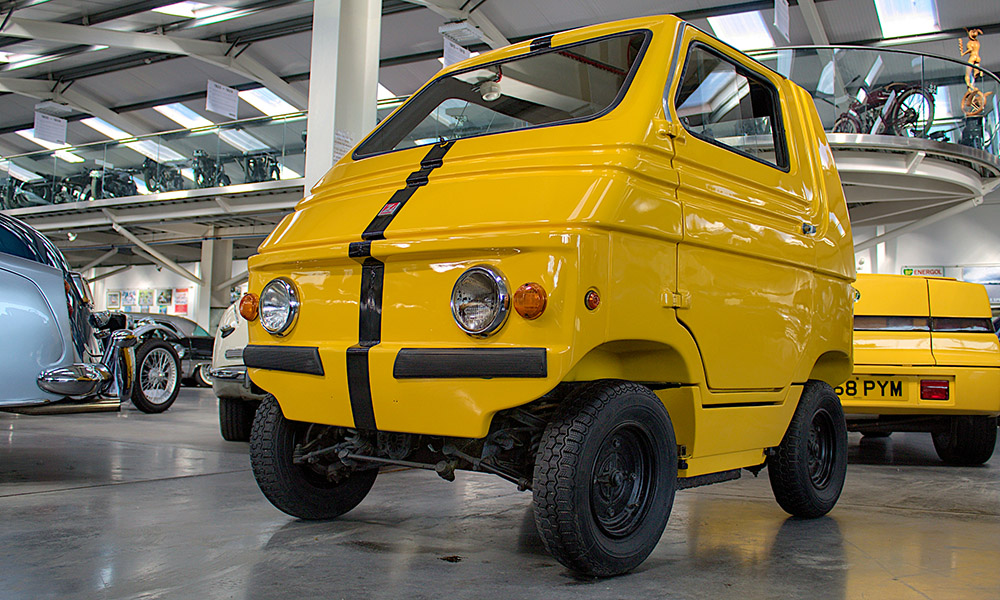
In the heart of Italy, in a workshop famed for crafting elegant bodies for Alfa Romeo, Lancia, and Ferrari, something entirely unexpected was born. In 1974, Zagato—a legendary Milanese coachbuilder—took a bold step into the future and built an electric car.
The driving force behind the project was Elio Zagato, the son of the company’s founder and a passionate innovator. His vision went beyond traditional beauty. While other Zagato craftsmen were perfecting sleek sports cars, Elio looked at the world through the lens of energy efficiency, urban practicality, and forward thinking. He sensed that the future belonged to something different—something unlike anything on the roads at the time.
British Leyland engineers joined the effort, as key components came from the UK. But it was the Italian design spirit that made the Zele truly unique. Its shape wasn’t crafted to impress—it was crafted to provoke. Odd, charming, and boldly futuristic, this car didn’t seek to compete in power, but to surprise with its purpose.
The Zele was more than transportation—it was a statement. A blend of Italian creativity and British engineering, a conversation between emotion and calculation, form and function. Born during the oil crisis, it stood as a quiet proposal: what if we went another way?
Today, the Zele may look like a retro-futuristic curiosity. But it’s worth remembering: without such experiments, the modern EV revolution might have taken a very different course. Behind every car like this were not just blueprints—but people who truly believed tomorrow could look completely different.
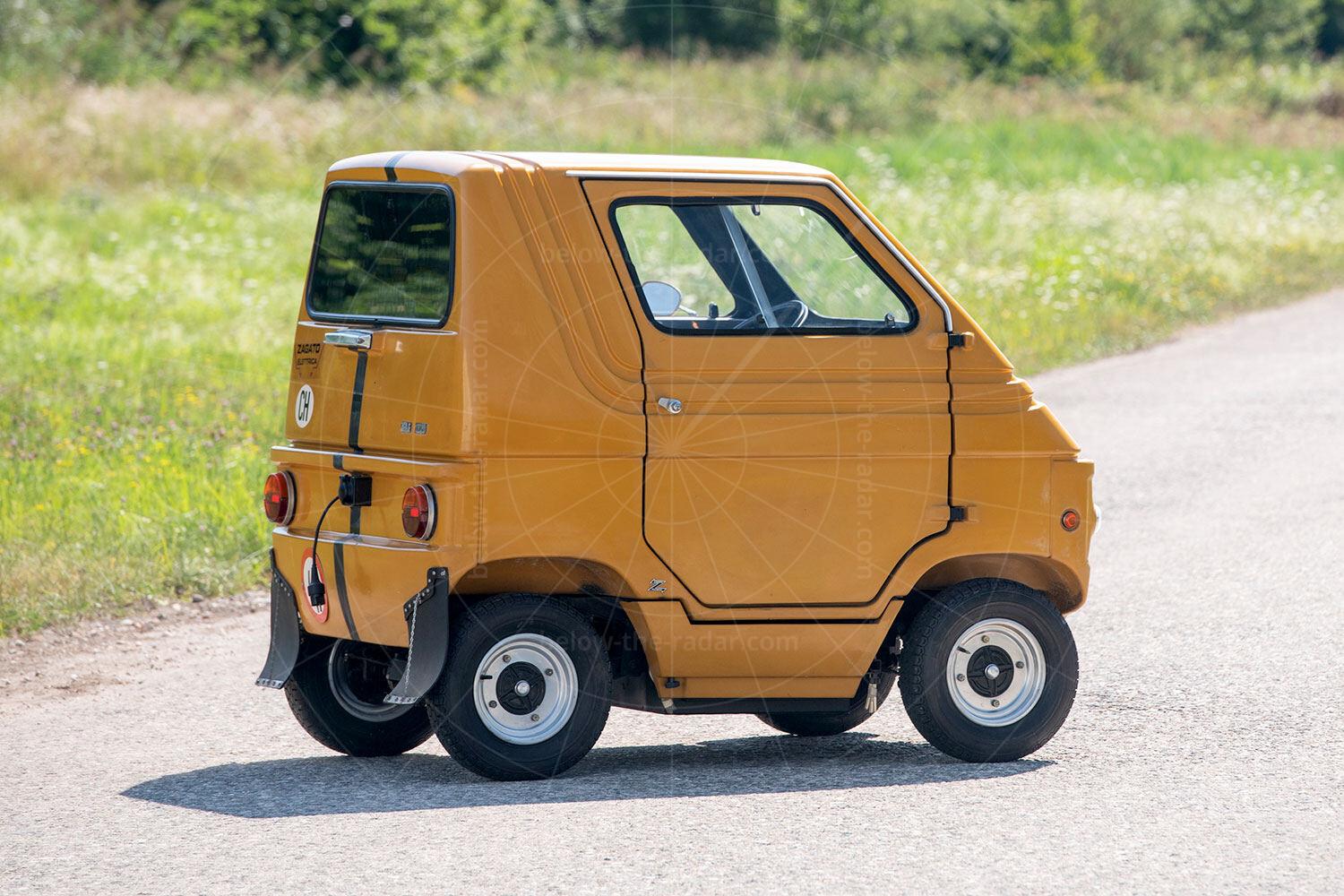
Zagato Zele specs:
-
Power: 5.3 hp (4 kW)
-
Acceleration: 0-50 km/h in approximately 12 seconds (due to its limited power and compact size).
-
Top Speed: 50-60 km/h (depending on the version).
-
Engine: Electric motor producing 5.3 hp, powered by lead-acid batteries.
-
Range: Around 50-60 km on a full charge, which was sufficient for urban trips at the time.
-
Dimensions: Length: 2.4 m Width: 1.3 m Height: 1.3 m Wheelbase: 1.6 m
-
Technologies: The Zele was one of the first electric vehicles to demonstrate the potential of battery-powered compact city cars. Its design was lightweight and well-suited for urban environments.
-
Additional Features:
-
Rechargeable battery from a standard power outlet.
-
Minimalist design aimed at reducing weight and increasing efficiency.
-
Instead of a traditional steering wheel, Zele used a compact steering system for easier maneuvering in the city.
-
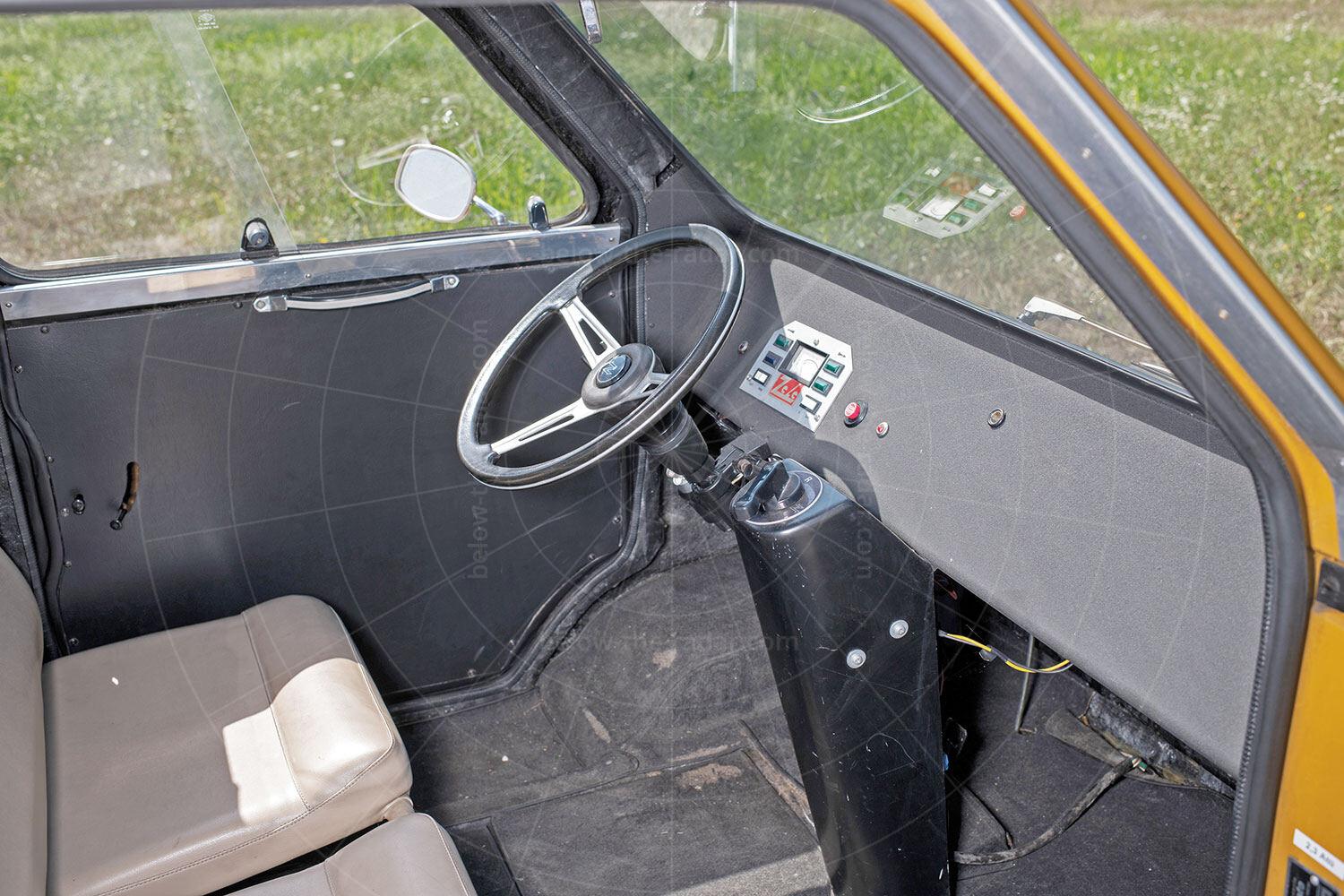
Fun Facts About the Zagato Zele:
- The name “Zele” is a play on words.
It stands for “Zero Emission, Low Energy”—a surprisingly forward-thinking acronym for the 1970s. - The first production EV from a design house.
It was the first (and so far, only) fully electric production car built by the famed coachbuilder Zagato, better known for sleek sports cars. - A British-Italian collaboration.
While the car was designed and assembled in Italy, key components—like the motor and batteries—were supplied by British Leyland, making it an early example of international EV cooperation. - Multiple variants and colors.
The Zele came in different models—Zele 1000, 1500, and 2000—named after their motor output, and was offered in a variety of colors and trim levels. - Silence that startled people.
In the 1970s, passersby often turned their heads when the Zele passed—not because it was loud, but because it was eerily silent, which was unsettling at the time. - Plastic body panels.
To reduce weight, the Zele used plastic bodywork, which also made it rust-proof—highly unusual for that era. - Electronically controlled power settings.
Instead of a conventional gearbox, the Zele had three power levels and two-speed settings, all controlled electronically with a simple switch.
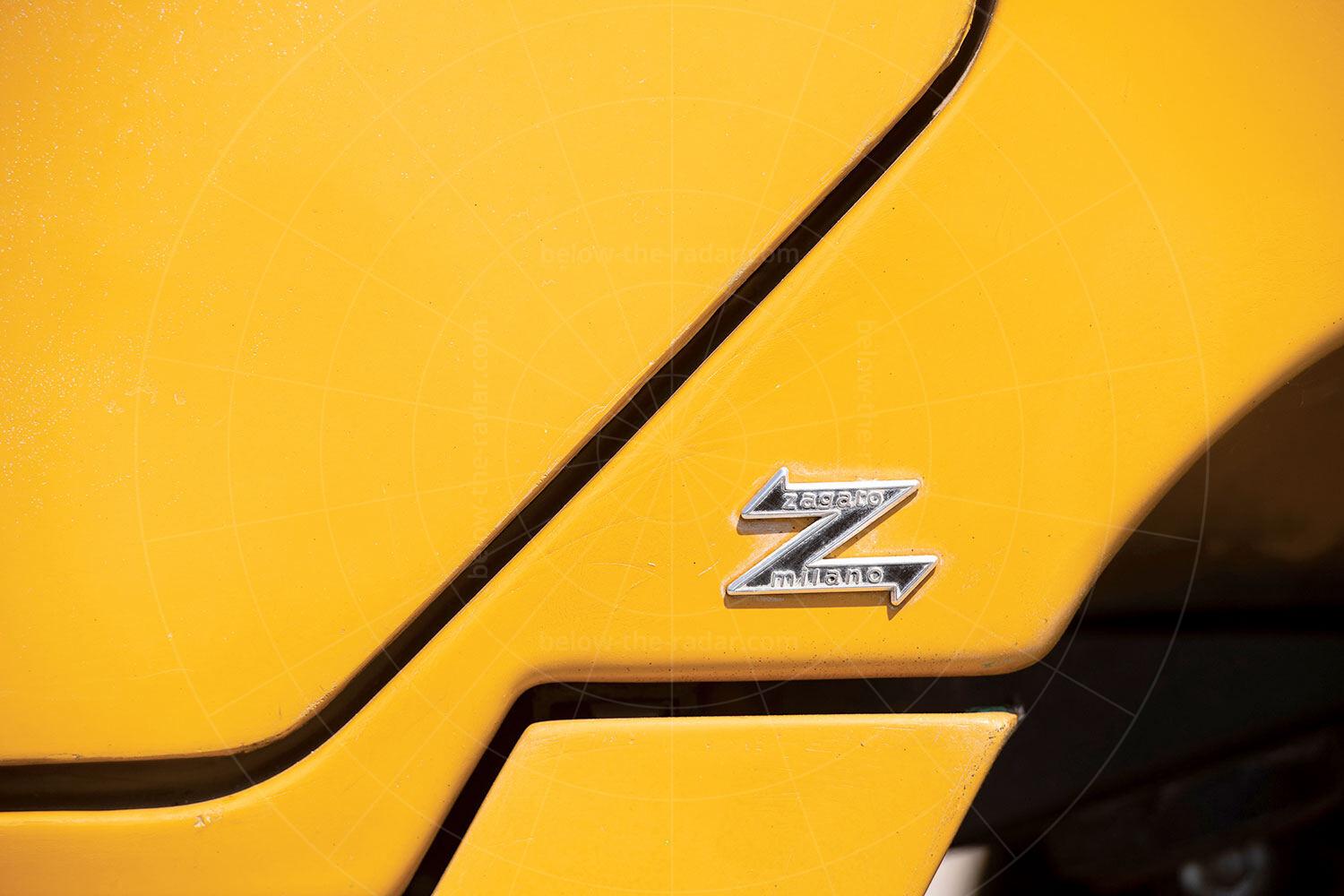
Imagine an electric car in 1974. Silence instead of engine roar. Compact dimensions instead of chrome and tailfins. Charging from a wall socket rather than queuing at the pump. What seems logical and trendy today once drew confusion, disbelief — even laughter. That’s exactly when the Zagato Zele appeared: a small, plastic-bodied vehicle built not for speed, but for revolution.
At a time when the world was just beginning to grasp the scale of the oil crisis, the legendary design house Zagato — better known for crafting sleek Alfa Romeos and Lancias — took a radical turn. They created something completely different. The Zele wasn’t just small — it was electric, efficient, silent, and utterly unlike anything else on the road.
Fast forward to the 2020s, and the market is full of similar ideas: Citroën Ami, Microlino, Silence S04, Fiat Topolino — compact urban EVs promising simplicity, sustainability, and freedom from gridlock. But it had all been done before — in Italy, nearly 50 years earlier.
Like its modern successors, the Zele had limited speed, a modest range, and a minimal interior. But most importantly, it was an ideology, not just a vehicle. It was a car meant to change how we think. The only problem? The world wasn’t ready.
Today, we celebrate the bold design of the Ami or the retro flair of the Microlino, often forgetting that the first step was taken by a tiny, toy-like Zele. Perhaps its biggest flaw wasn’t its size or power — but that it arrived too soon.
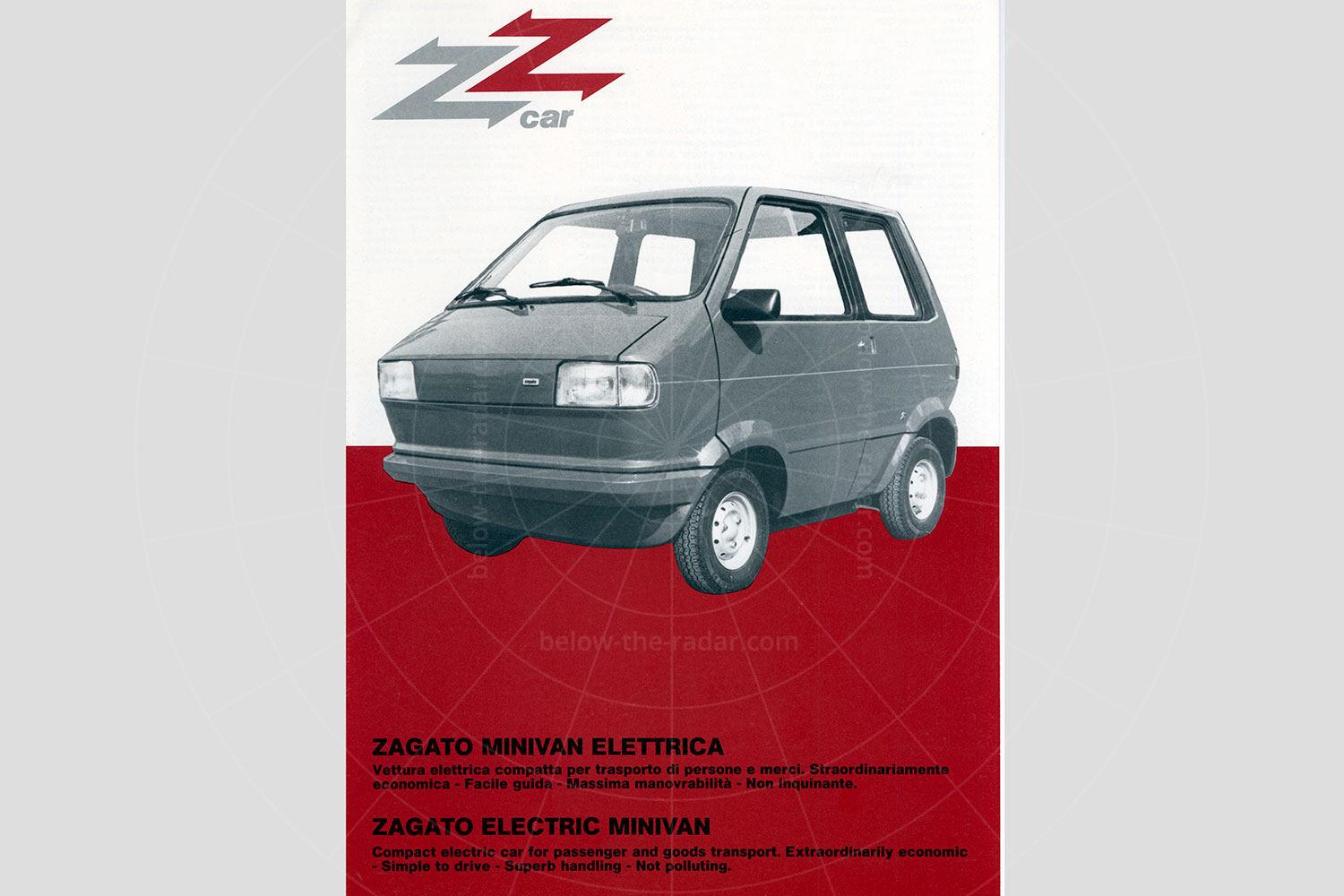
Conclusion
The Zagato Zele may not have changed the world when it first appeared, but it laid a quiet, forgotten foundation for ideas that would only flourish decades later. In an era of loud engines and excess, it dared to whisper a different future — one of clean energy, compact living, and thoughtful design. Today’s urban EVs owe more than just inspiration to the Zele; they are its spiritual descendants. Sometimes, true innovation doesn’t fail — it simply arrives before the world is ready to listen.
Future Classics: 7/10
Brand Recognition: 5/10
Design Modernity: 9/10
CarsCorn Score: 7/10